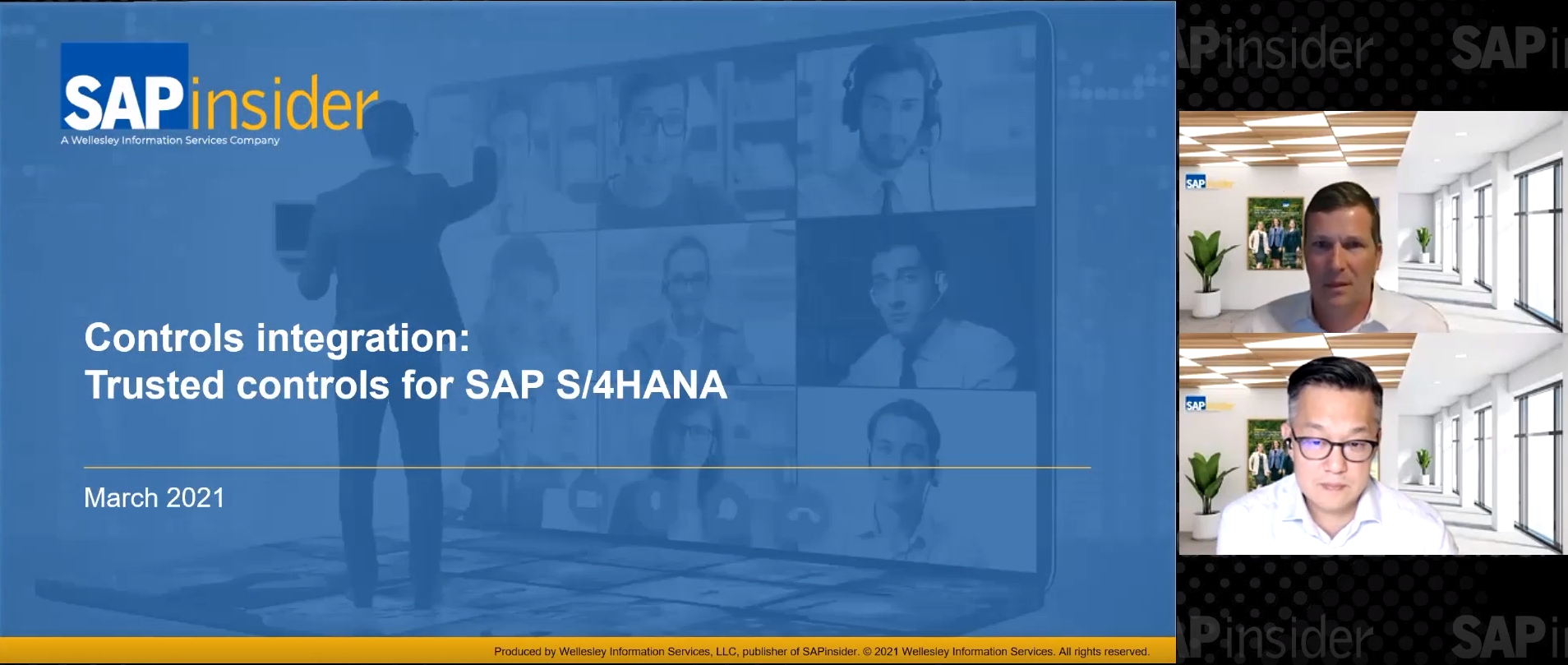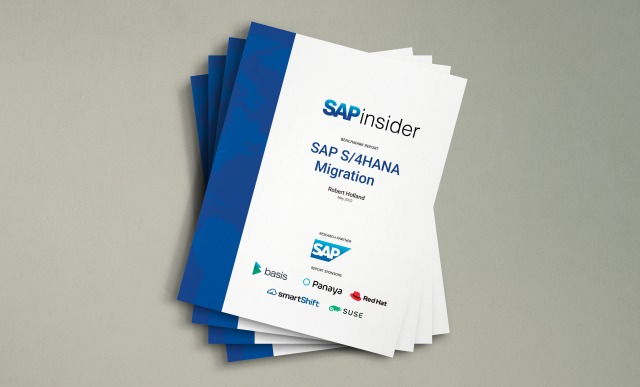SAP S/4HANA and the Public Cloud: A Powerful Combination That Brings Simplicity to Business
Simplification is an essential task for any business operating in the digital age. Simplified IT landscapes are easier to manage and enable the agility required to remain competitive. Moving to the cloud offers a host of potential benefits, from streamlined IT to reduced total cost of ownership (TCO) to rapid scalability. SAP S/4HANA also offers a new level of simplicity for today’s enterprise. SAP S/4HANA can help you bring more clarity to finance, new value to the supply chain, and greater insights for better decision-making.
Put public cloud and SAP S/4HANA together and two “simple” things become simply powerful. SAP S/4HANA Cloud lets you tap into the features of SAP’s flagship, in-memory business suite while incorporating all the benefits of the cloud. Deploying SAP S/4HANA in a public cloud can provide deep functionality with minimal setup and enable large organizations to support subsidiaries, transition newly acquired companies to parent systems, or support spin-offs as they become independent.
To ensure a successful deployment of SAP S/4HANA in a public cloud, you must carefully consider five key areas prior to the deployment. Let’s take a closer look at these factors and what you need to do to address them.
Explore related questions
1. Data Migration
Moving your data could take more work than you expect. Are your data models consistent? What does your master data look like, and where is it located? Do you have the right tools to move it? What is the plan for addressing errors should they arise after the migration? Understanding these questions before you start the process will be critical to your success.
2. Unique Business Requirements
Your business model might contain nuances that SAP S/4HANA Cloud does not address right out of the box. Determine if moving to the cloud will create any functionality gaps, and if so, consider using solutions such as SAP Cloud Platform to extend functionality by creating new apps and capabilities that can help fill those areas.
3. Legacy Systems
Not sure what to do with a critical, core legacy system as you move to SAP S/4HANA Cloud? Migration tools and resources such as SAP Cloud Platform can help you move or re-create the system, but you will need a detailed plan and the skills to execute it. Meet with IT leaders internally or enlist the help of an external consultant to discuss the best path forward for your business.
4. Cloud Combinations
Your future IT landscape could be a hybrid approach of on-premise systems, SAP S/4HANA Cloud, and other cloud offerings. To weave everything together, consider a strategy that encompasses “cloud to cloud” and “cloud to ground” needs, such as integrating subsidiaries to an on-premise landscape via an SAP S/4HANA Cloud solution; carving out merger and acquisition (M&A) data separately onto SAP S/4HANA Cloud; or leveraging a full software-as-a-service (SaaS) model by integrating SAP SuccessFactors or SAP Ariba solutions with SAP S/4HANA Cloud enterprise management solutions.
5. Change Management
Enterprise users could be reluctant to use new tools if they do not understand their full potential. To unlock maximum value, create a change management strategy that takes into account the perspectives of end users, and assign resources to guide your workforce through adopting the new capabilities.
Making Your Move
Moving forward with SAP S/4HANA and the public cloud demands deep understanding and big thinking. It is imperative that organizations understand all aspects of an implementation and ask the important questions before go-live. A conversation with an SAP global services partner such as Deloitte can serve as a great first step toward getting those answers. Contact us to get the conversation started by emailing us at SAP@deloitte.com or visit us at www.deloitte.com/SAP.








